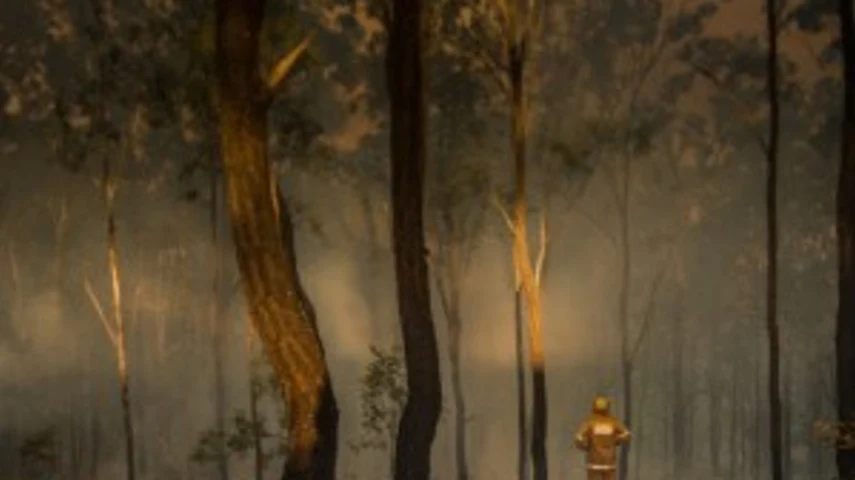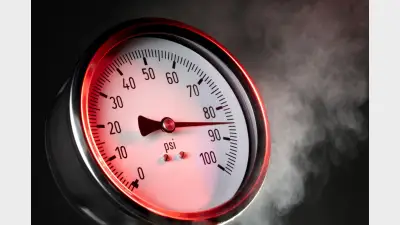Bushfires impact stock and sector exposures



Stocks with exposure to retail, insurance, food and beverage and transport would be likely to feel the largest negative effects, while resources, building materials and infrastructure sectors were expected to be only mildly affected, the analysts said.
Further to that, the implications of bushfires could drag on gross domestic product (GDP) by 0.25% per quarter in Q4 2019 and Q1 2020, with agriculture, retail, tourism and construction taking the highest toll.
However, the expected budget surplus of $5 billion was not likely at risk, as according to UBS’ analysts, due to a three-year $2 billion relief package over, of which $500 million to be spent this financial year, as promised by the federal government.
Also, on the positive note, S&P confirmed it was highly unlikely for the agency to downgrade Australia’s credit rating from bushfire-related spending.
However, the bushfires increased the likelihood of another rate cut from the Reserve Bank of Australia (RBA) in February, the analysts said.
“Moreover, the RBA noted in the December minutes they would ‘reassess the economic outlook in February 2020’ and ‘had the ability to provide further stimulus to the economy, if required’,” UBS said in its sector review report.
“We continue to expect the RBA to cut by 25bps in February, ahead of downgrading the economic outlook in the February SOMP [statement on monetary policy].”
Recommended for you
Natixis Investment Managers has hired a distribution director to specifically focus on the firm’s work with research firms and consultants.
The use of total portfolio approaches by asset allocators is putting pressure on fund managers with outperformance being “no longer sufficient” when it comes to fund development.
With evergreen funds being used by financial advisers for their liquidity benefits, Harbourvest is forecasting they are set to grow by around 20 per cent a year to surpass US$1 trillion by 2029.
Total monthly ETF inflows declined by 28 per cent from highs in November with Vanguard’s $21bn Australian Shares ETF faring worst in outflows.











